ITS World Congress Highlights GNSS
Registration has opened for the 22nd World Congress and Exhibition on Intelligent Transport Systems and Services to be held in Bordeaux, France, on October 5–9, 2015.
By Inside GNSSRegistration has opened for the 22nd World Congress and Exhibition on Intelligent Transport Systems and Services to be held in Bordeaux, France, on October 5–9, 2015.
By Inside GNSS Francisco Rovira-Más, Agricultural Robotics Laboratory, Universidad Politécnica de Valencia
Francisco Rovira-Más, Agricultural Robotics Laboratory, Universidad Politécnica de ValenciaNow that we have had GNSS-driven precision in the fields for nearly 20 years, with widespread and growing acceptance by farm vehicle manufacturers and farmers, what lies ahead for precision agriculture?
By Inside GNSSQ: Are there special considerations for dealing with raw GNSS data?
A: Most GNSS users are only interested in position, velocity, and/or time (PVT) information provided by a receiver. In fact, most mass-market GNSS receivers (e.g., those in cell phones or in your vehicle) only provide PVT information along with some supporting data (such as the number of satellites tracked, dilution of precision, course over ground, and so forth).
By Inside GNSS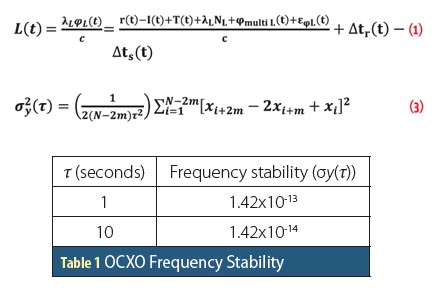
Global navigation satellite systems provide position, velocity, and time (PVT) solutions to users whose receivers calculate position based on one-way ranging from satellites. As is well-understood, a key step in the positioning process involves a determination of the difference between the time of signal transmission identified in the satellite’s broadcast navigation message and the time of its reception by user equipment.
By Inside GNSS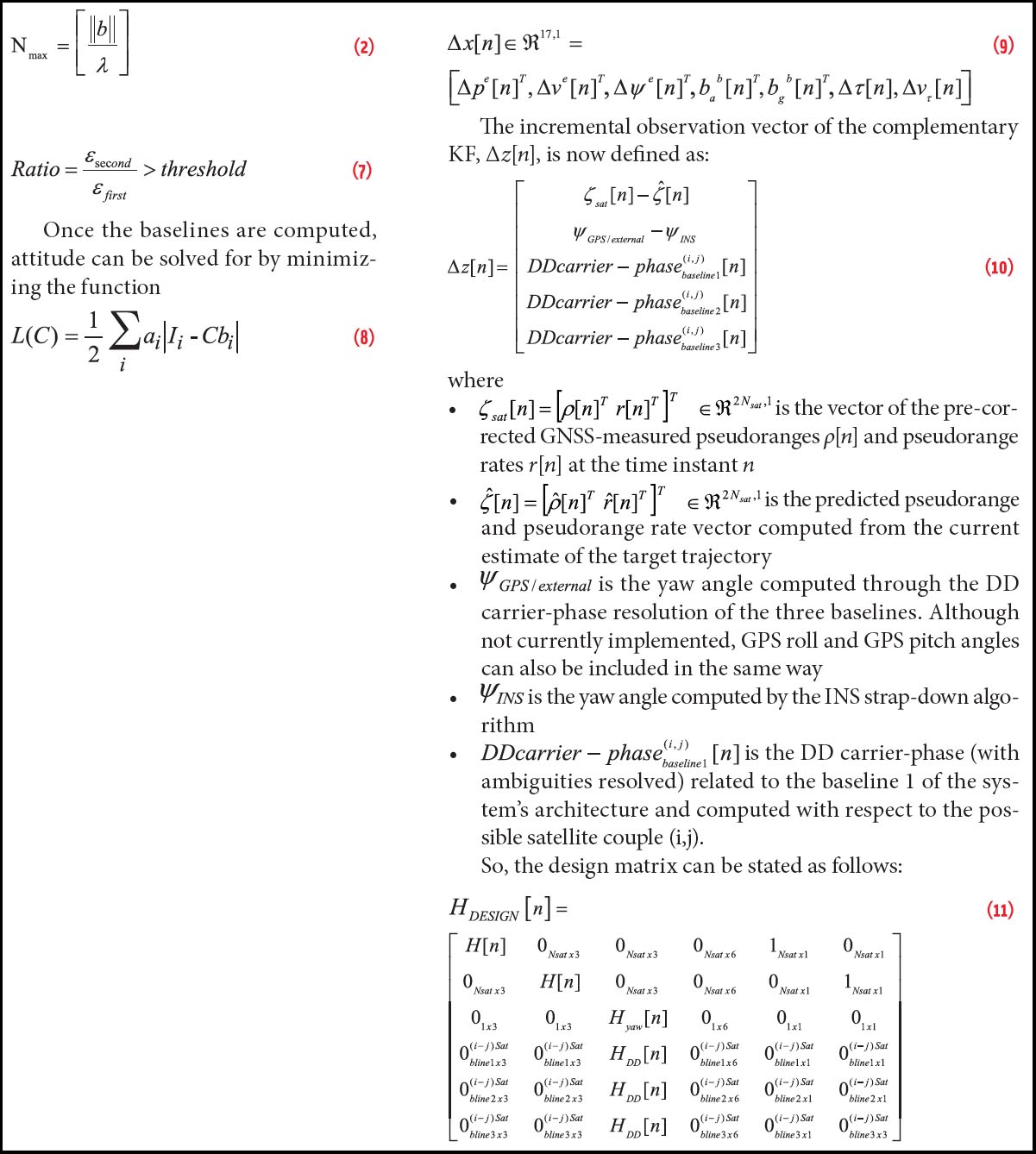 Equations 2, 7, 8, 9, 10 & 11
Equations 2, 7, 8, 9, 10 & 11Unmanned aerial vehicles (UAV) are finding increased application in both domestic and governmental applications. Small UAVs (maximum take off weight less than 20 kilograms) comprise the category of the smallest and lightest platforms that also fly at lower altitudes (under less than 150 meters).
Designs for this class of device have focused on creating UAVs that can operate in urban canyons or even inside buildings, fly along hallways, and carry listening and recording devices, transmitters, or miniature TV cameras.
By Inside GNSS
Working Papers explore the technical and scientific themes that underpin GNSS programs and applications. This regular column is coordinated by Prof. Dr.-Ing. Günter Hein, head of Europe’s Galileo Operations and Evolution.
By Inside GNSSAfter three years in Chapter 11, the company whose planned wireless broadband system threatened to overload GPS receivers across the United States is preparing to emerge from bankruptcy.
By Dee Ann Divis College Park Marriott Hotel and Conference Center
College Park Marriott Hotel and Conference CenterThe 2015 Space Situational Awareness (SSA) Forum will be held at the College Park Marriott Hotel and Conference Center in Hyattsville, Maryland, U.S.A. on May 12-13, 2015.
By Inside GNSSIt’s 10 p.m. somewhere over the vast oceans that comprise three-quarters of the Earth’s surface. Do you know where your airplane is?
Well, you could, but maybe you don’t.
The anniversary of the disappearance of Malaysia Airlines flight MH370 came and went in March with the fate of the Boeing 777 still unknown.
It didn’t have to happen.
By Inside GNSS Dr. John Fulton, Ohio State University
Dr. John Fulton, Ohio State UniversityNowhere has the fact that GNSS can guide things besides military weapons and transport manifested itself more profoundly than in agriculture.
While Google and automotive manufacturers struggle to figure out how to put autonomous vehicles on the highway, farmers have been using GNSS for well over a decade to guide equipment through their fields — along with a host of other ag-related, site-specific applications.
Indeed, GNSS — along with an array of other high-tech resources — is transforming agriculture at an accelerating rate.
By Inside GNSS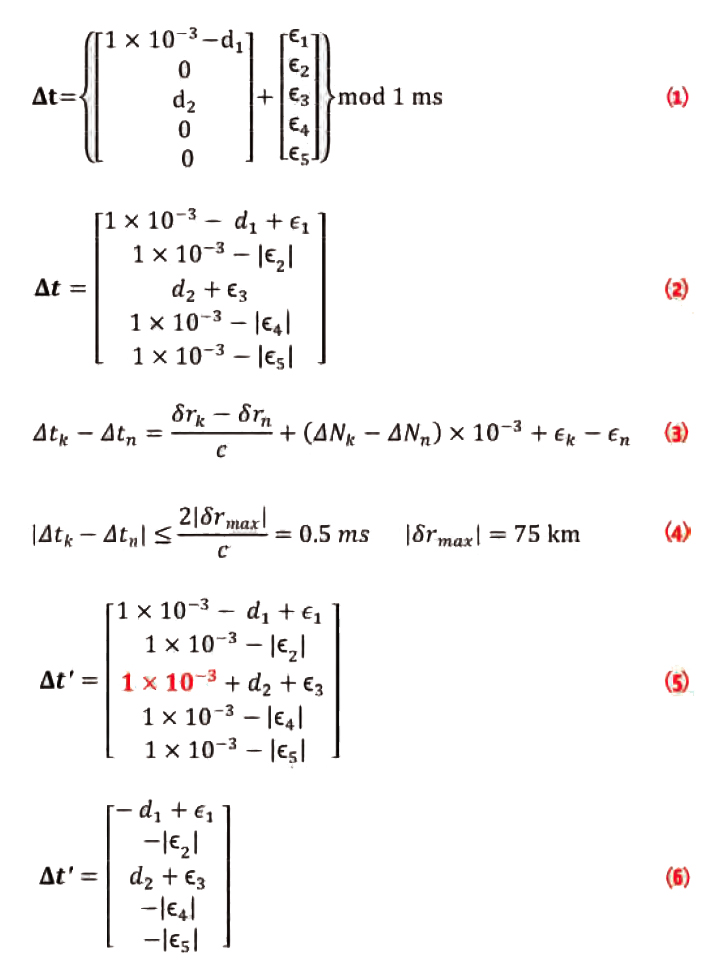 Equations 1 – 11
Equations 1 – 11Q: How does a GNSS receiver estimate velocity?
A: Stand-alone single-frequency GNSS receivers represent the largest slice of the commercial positioning market. Such receivers operate mainly in single point position (SPP) mode and estimate velocity either by differencing two consecutive positions (i.e., approximating the derivative of user position) or by using Doppler measurements related to user-satellite motion.
By Inside GNSS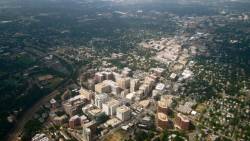 Arlington, Virginia
Arlington, VirginiaNOAA’s National Geodetic Survey (NGS) Geospatial Summit will be held at the Crystal City Hilton in Arlington, Virginia on April 13-14, 2015.
Registration is now open. Early registration ends March 13, 2015.
NGS will be hosting three events, each one providing a venue for NGS to share information about its products and services as well as hear from its customers across the public and private sectors.
By Inside GNSS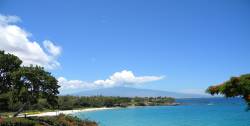 Kauna’oa Bay and Beach, with Mauna Loa in the background
Kauna’oa Bay and Beach, with Mauna Loa in the backgroundThe 2nd IEEE International Symposium on Inertial Sensors and Systems will be held at the Hapuna Beach Prince Hotel on the Big Island of Hawaii on March 23 – 26, 2015.
Online registration is open.
This event covers the latest developments in the area of modern inertial sensors and emerging applications.
Invited Speakers:
By Inside GNSS